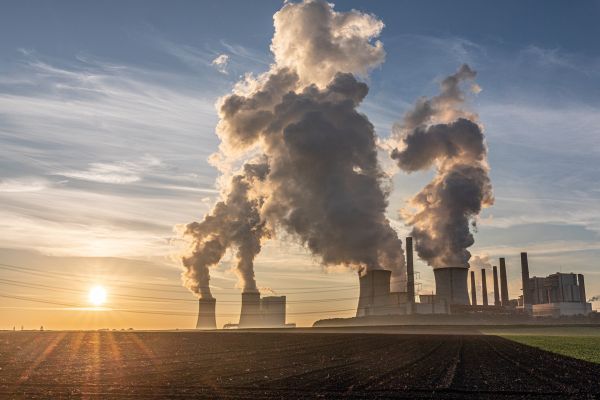In 2022, Germany’s greenhouse gas emissions fell slightly by 1.9 percent. Around 746 million tons of greenhouse gases were released – a good 15 million tons less than in 2021. Overall, emissions in Germany have dropped by 40.4 percent since 1990. Although this means that in total the target values of the Federal Climate Protection Act (KSG) have been met, there is a significant increase in the energy sector: this shows 10.7 million tons more than in 2021 and is around 256 million tons of CO₂ equivalents. The reason for this is that, despite the savings in natural gas, increased use of hard coal and lignite in particular for power generation is causing emissions to rise. The good news is that electricity generation from renewables was able to curb this, increasing by nine percent compared with 2021. The energy sector can therefore just manage to meet its annual emission levels for 2022 of 257 million metric tons. The transport and buildings sectors, on the other hand, are once again above the annual emission levels set out in the Federal Climate Protection Act. This is the result of the latest calculations by the Federal Environment Agency (UBA).
You can find more information about this article here.
Image source: Pixabay


